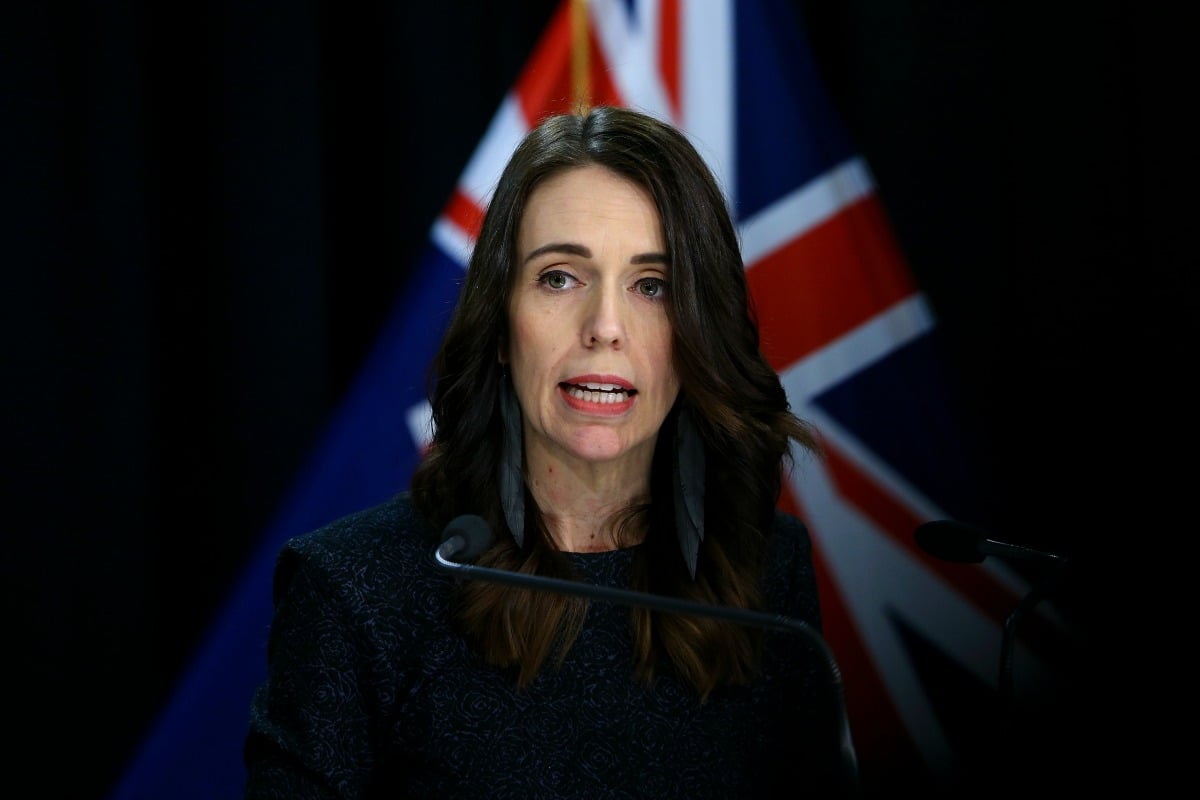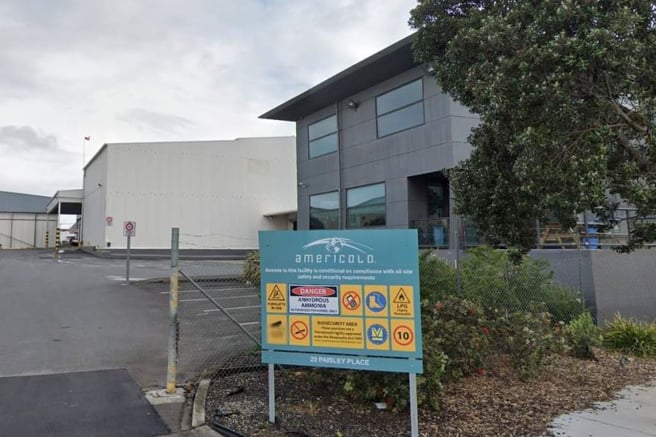
On Sunday, New Zealand reached a new impressive milestone in its fight against the coronavirus: 100 days without community transmission of the disease.
"I don't believe there is any other country that has had COVID, come into our position, and sustained it away from our borders for that period of time," Prime Minister Jacinda Ardern said over the weekend.
"But it actually doesn't lessen any of the risks. That's daily as long as we are continuing to exist in a world where this pandemic is growing. We are still having to manage our borders very very carefully... we still have to be vigilant," she said.
WATCH: New Zealand PM Jacinda Ardern announcing a return to lockdown. Post continues after video.
Two days later, the Prime Minister's fears were realised.
Four new cases of COVID-19 were confirmed in the community, with no known source. None of the new infections had any connection to overseas travel. So how did the virus get back into the country?
After four members of a south Auckland family tested positive to the virus on Tuesday, Ardern promptly sent the city back into a 60-hour stage three lockdown as investigations began into the source of the new infections.

